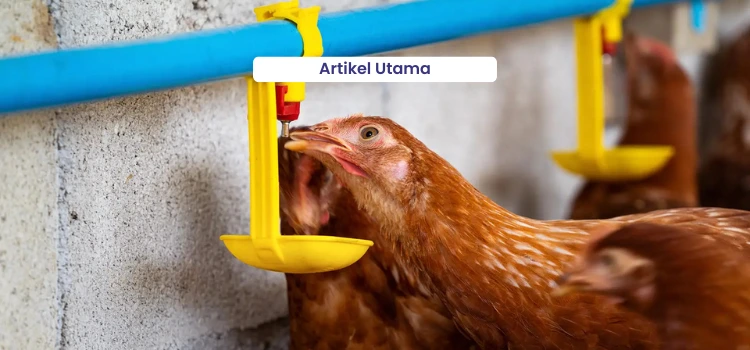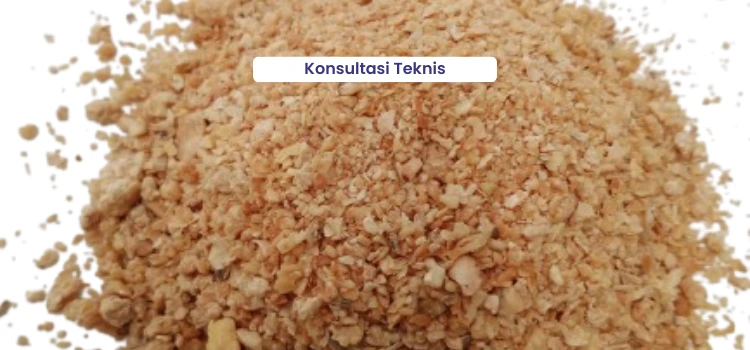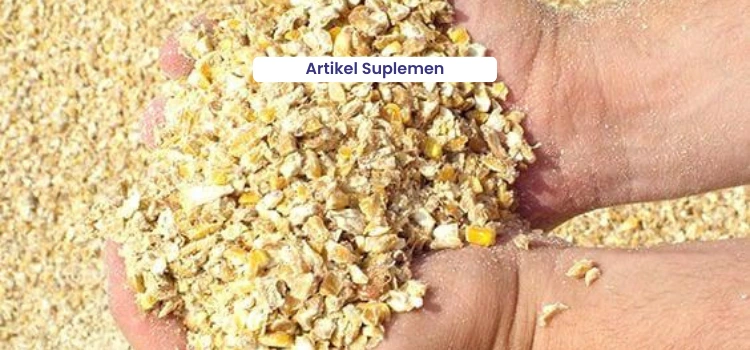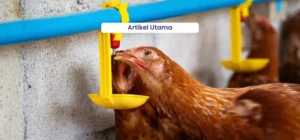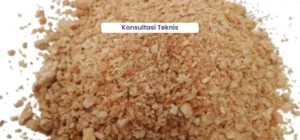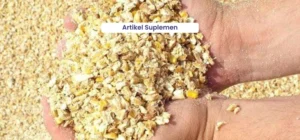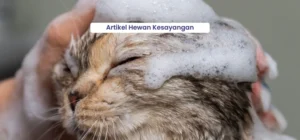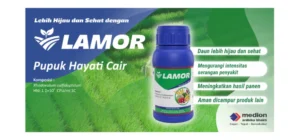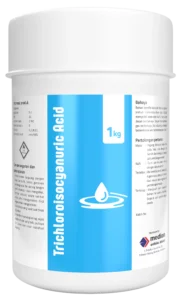Mr./Mrs. Riska - By Email
I would like to ask for guidance on administering antibiotic medication to broiler chickens. I have read that, before being put into the medicator, the drug should first be dissolved in a bucket using water. My question is: how do I determine the amount of water required to dissolve the drug in the bucket before it is finally placed into the medicator to be delivered to the nipple drinker in a closed house barn? Thank you.
Answer:
Thank you, Ms. Riska, for your question. Broiler chicken farming is indeed closely related to the regular administration of vitamins as supportive supplements to enhance growth performance and as a preventive measure against diseases.
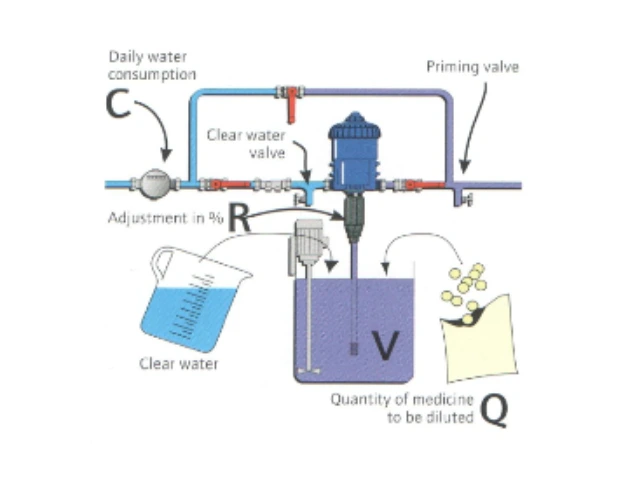
For antibiotics administered through drinking water, the quality of the water used as a solvent plays a crucial role. Poor water quality can reduce the effectiveness of the antibiotic given. The solubility of the antibiotic preparation must also be considered when choosing to administer it via drinking water. Liquid antibiotic formulations generally dissolve completely, whereas solid forms—usually in powder form—may not dissolve entirely. In addition, not all antibiotics are compatible or dissolve well in watering systems that use nipple drinkers and automatic dosing pumps/medicators. Therefore, it is important to carefully select the appropriate formulation and antibiotic product.
Here are several Medion products in powder and liquid formulations that have good solubility and are safe for use with nipple drinkers and automatic dosing pumps.

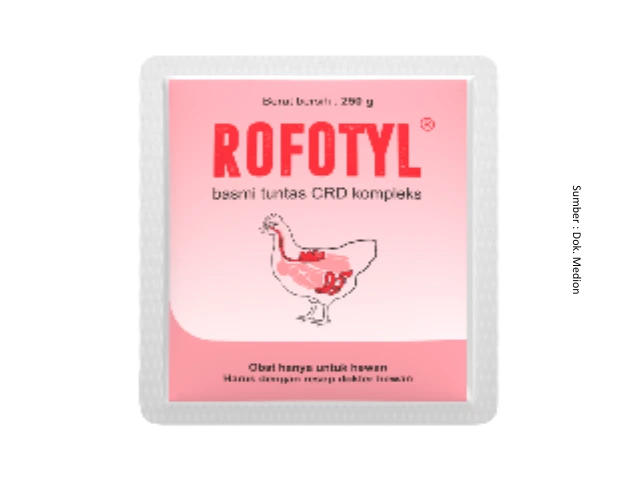
When administering antibiotics or other medications through drinking water, the medication must first be mixed—either manually or automatically—using an automatic dosing pump. In the use of an automatic dosing pump, the antibiotic or other medication should be dissolved in a bucket before being placed into the medicator of the automatic dosing pump.
To determine the amount of water needed to dissolve antibiotics or other medications, several factors must first be known: the population of chickens to be treated, their average body weight, feed intake, and the dosage of the antibiotic to be administered. The dosage stated on the label is typically for a full day, so it should be divided into two administrations, with each dose consumed within a maximum of six hours. This approach helps maintain the antibiotic concentration in the blood within the therapeutic range and ensures the medication’s effectiveness. Since the medication is administered through drinking water, it is essential to know the total daily water consumption to then calculate the amount of water consumed within six hours, which will serve as the target for the antibiotic or medication to be completely used up.
The total daily water consumption can be determined from the reading displayed on the water meter installed in the drinking water system. If the system is not equipped with a water meter, the daily water consumption can be estimated as twice (2x) the chickens’ daily feed intake. Another important aspect to consider is the setting (scale) of the automatic dosing pump being used. This setting helps determine the target duration required for the medication to be completely consumed by the chickens within the intended time frame.
If the automatic dosing pump is set at 2%, the calculation can be carried out as follows.
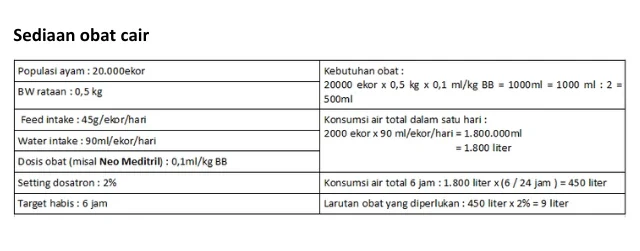
Therefore, 8.5 liters of water in a bucket are required to dissolve 500 ml of the antibiotic for the first 6-hour administration, and another 8.5 liters for mixing 500 ml of the antibiotic for the next 6-hour administration.
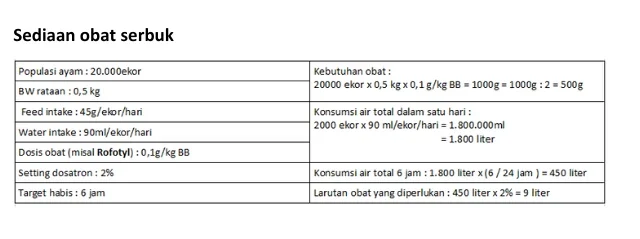
Therefore, 8.5 liters of water in a bucket are required to dissolve 500 grams of the antibiotic for the first 6-hour administration, and another 8.5 liters for mixing 500 grams of the antibiotic for the next 6-hour administration (assuming 1 ml = 1 gram).
After administering antibiotics or other medications through drinking water, it is necessary to clean the automatic dosing pump. The cleaning process can be done by opening the top cover and rinsing it with running water. Next, perform flushing on the drinking water line (nipple line). This step is important to ensure that no residue from antibiotics or other medications remains, which could cause blockages or affect the dissolution of the next medication administered.


